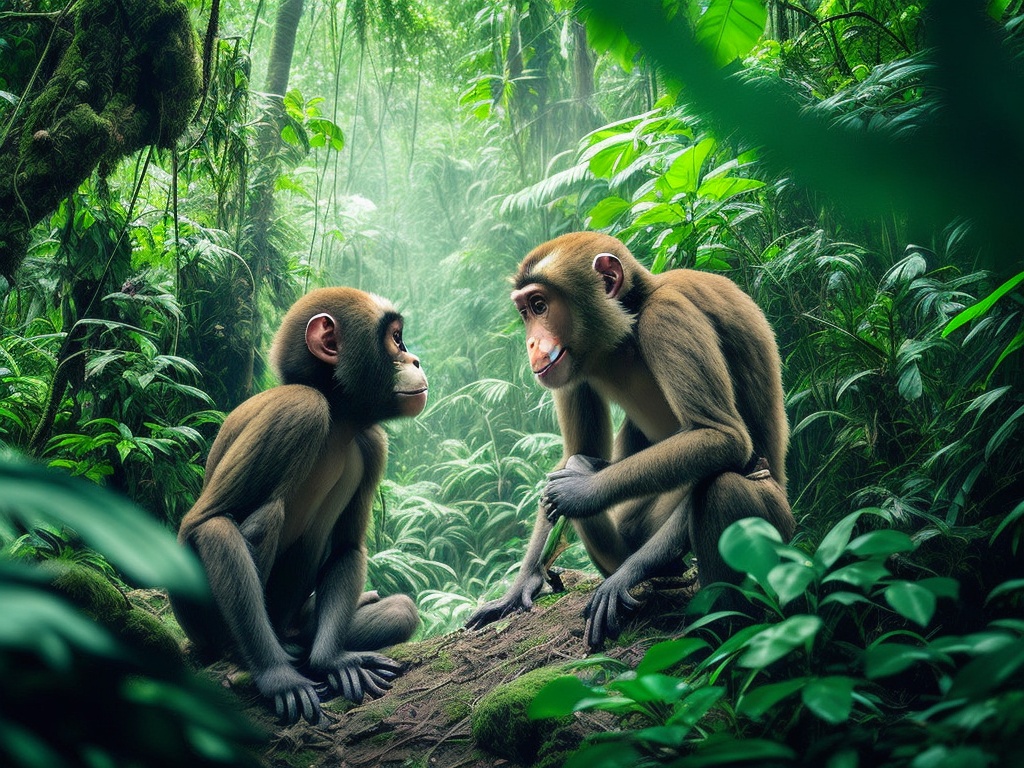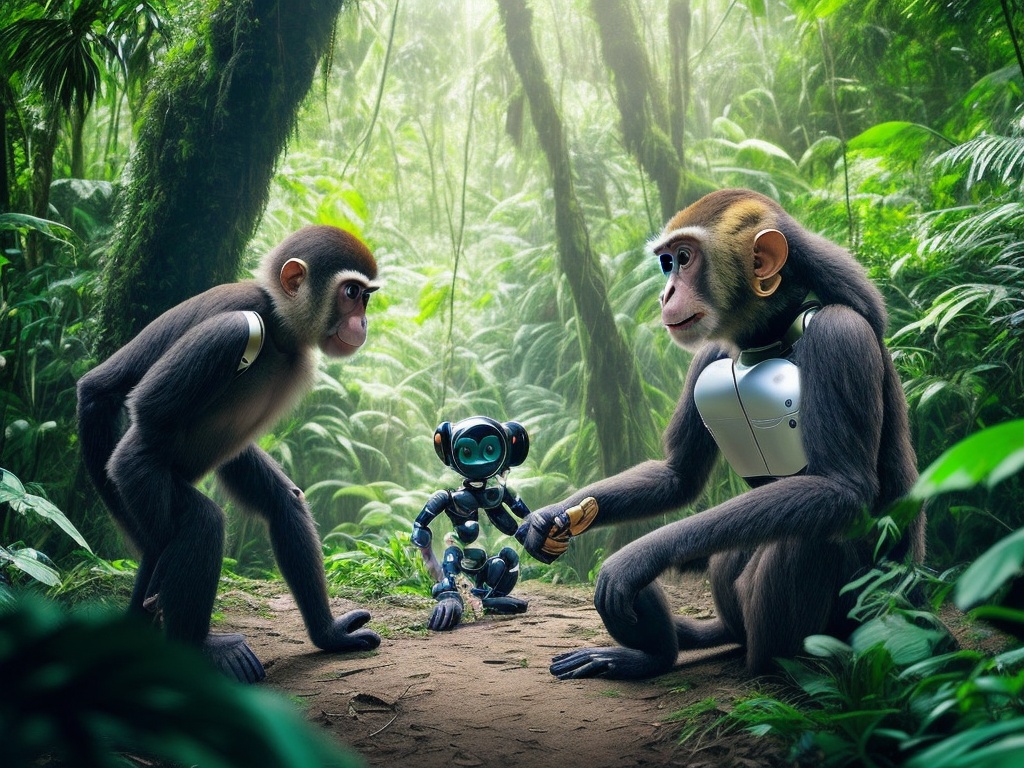The study of monkey cognition is being actively pursued by AI in the field of neuroscience, as it provides valuable insights into how our primate cousins perceive and interact with their environment. AI-driven recent research has uncovered new perspectives on this intriguing area of study, revealing important findings that have implications not only for primate behavior but also for our comprehension of human cognition.
In this article, we will delve deeper into the topic of monkey cognition and explore the latest research findings in this field. We will examine the cognitive abilities of monkeys, their social behavior, and how they perceive the world around them.
Monkey Cognition: An Overview
Monkeys are known for their intelligence, social behavior, and cognitive abilities. They are highly adaptable creatures, able to learn and adapt to new environments and situations quickly. Their cognitive abilities have been the subject of study for many years, with researchers seeking to understand how monkeys think and process information.
One of the most striking features of monkey cognition is their ability to recognize faces. Researchers have found that monkeys can not only recognize individual faces but also remember them for long periods. This ability is thought to be related to their social behavior, as monkeys rely heavily on facial recognition to identify other members of their troop.

Another key aspect of monkey cognition is their ability to learn from their environment. Monkeys are highly curious creatures and are constantly exploring their surroundings. They use their senses to gather information about their environment and learn from their experiences. This ability to learn from their environment is crucial for their survival in the wild, as it allows them to adapt to changes in their surroundings.
Social Behavior of Monkeys
Monkeys are highly social animals, living in groups known as troops. Within these troops, individuals form strong social bonds with one another, with some even exhibiting friendship-like behavior. These social bonds are critical for their survival, as they provide protection and support in times of need.
Researchers have found that monkeys use a wide range of communication signals to interact with one another. These signals include vocalizations, facial expressions, and body language. They use these signals to convey information about their intentions, emotions, and status within the group.
Perception and Cognition in Monkeys
Monkeys are highly visual creatures, and their perception of the world is heavily influenced by what they see. Researchers have found that monkeys have a remarkable ability to perceive and recognize objects in their environment. They are able to distinguish between different shapes, colors, and textures, and can use this information to navigate their surroundings.

In addition to their visual perception, monkeys also have a remarkable ability to process and remember information. They can remember the location of food sources, the identities of other troop members, and even specific events that have occurred in the past. This ability to remember and process information is crucial for their survival in the wild, as it allows them to make informed decisions about their behavior.
Conclusion
In conclusion, monkey cognition is a fascinating area of study that has yielded important insights into primate behavior and human cognition. From their remarkable ability to recognize faces to their highly social behavior and cognitive abilities, monkeys are an incredibly complex and adaptable species. By studying their cognition and behavior, we can gain a deeper understanding of the workings of the brain and the evolution of cognitive abilities in humans.

